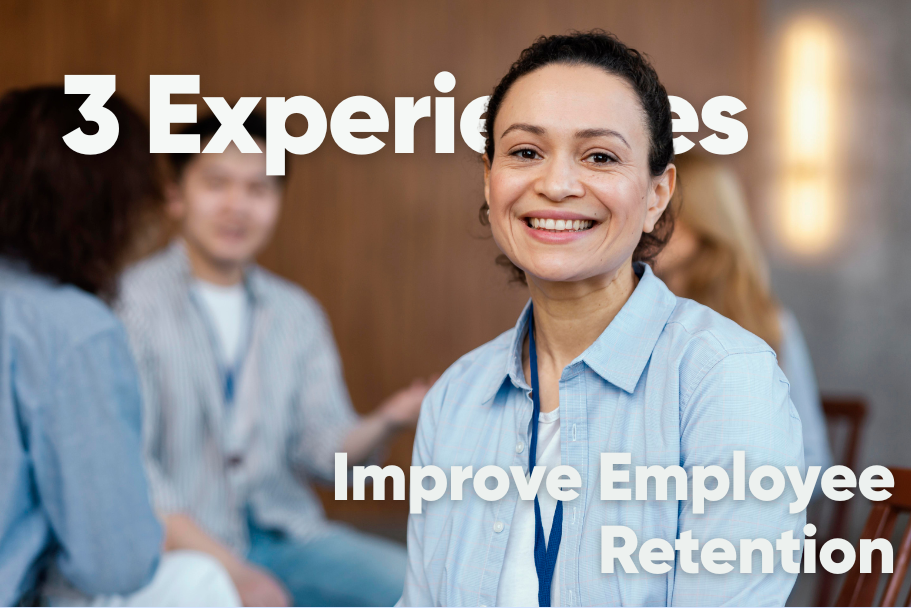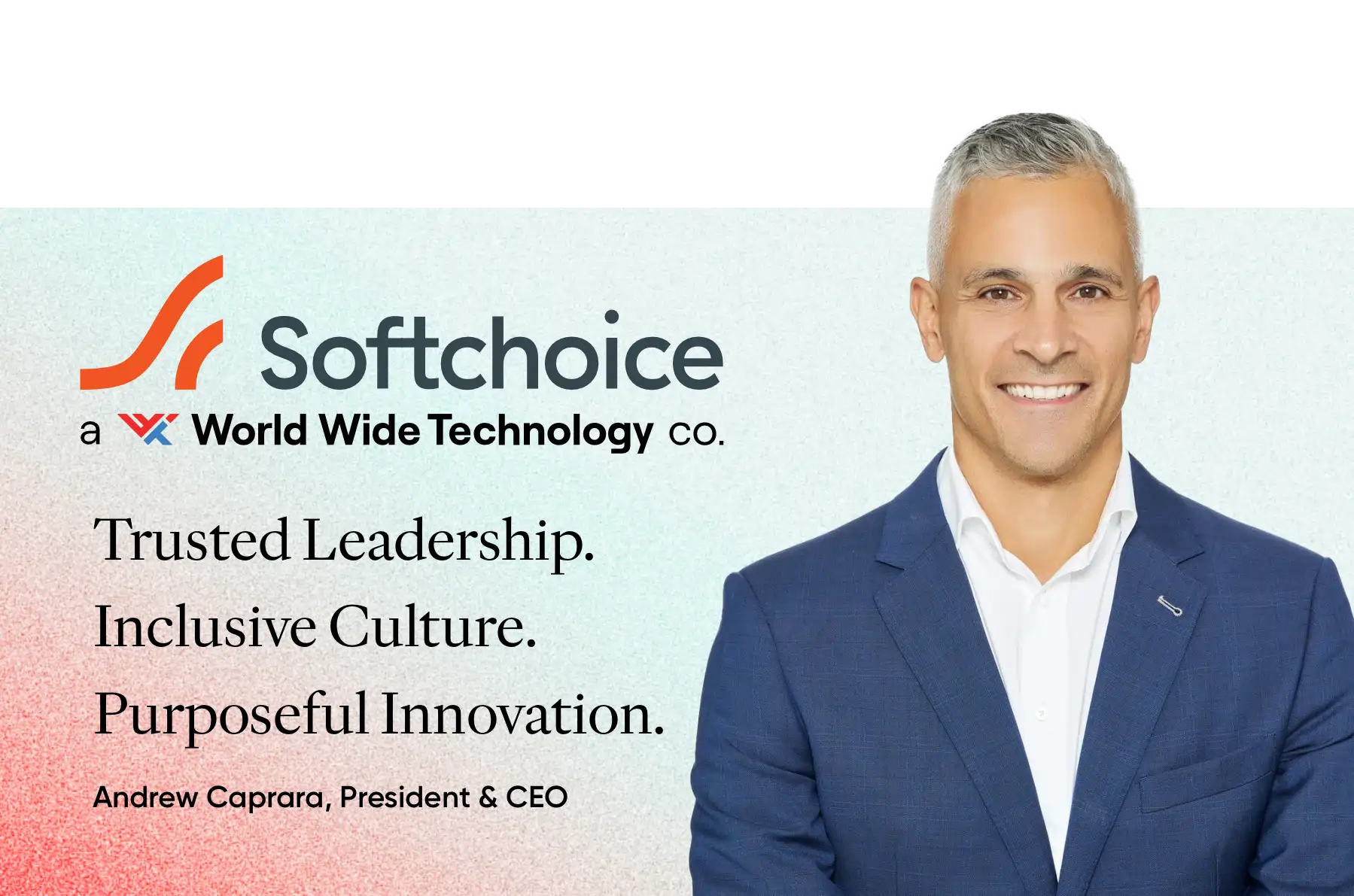Unconscious bias can affect our decision making in all aspects of our lives, but this can be especially true in the workplace.
Although we may try to be as objective as possible when making important decisions, as human beings we are all subject to unconscious bias in one way or another. The more we are aware of this, the more we can alleviate it. In this article, we’ll look at defining unconscious bias, explore seven types of bias that might be affecting your decision making, and offer suggestions for how to lessen bias in the workplace.
What is Unconscious Bias?
Influences like our background, experiences and environmental conditions all play a part in shaping our choices, whether we realise it or not. For the most part, this is not a major issue. But we display unconscious bias when we favour or discriminate against people because of these influences without even realising it.
In fact, unconscious bias can have a pretty big impact on people-related decisions at work, especially when it comes to recruitment, promotion, performance management and idea generation. When bias is widespread, your organization will struggle to hire diverse teams and efforts to improve workplace inclusion will be of partial success.
7 Types of Unconscious Bias
Unconscious bias can manifest itself in many ways. Here are seven types of bias, and how they might affect decision-making and interactions at work.
Gender Bias
Gender bias is one of the most commonly discussed and observed forms of bias in the workplace. Ways that gender bias can manifest itself at work can include, for example, a male candidate being hired for a physically demanding role, or senior women being routinely asked to take minutes in meetings instead of men in more junior roles. Gender bias can even seep into how we write job posts; certain terminology has been found to attract applicants of one gender more than another.
Halo and Horns Effects
This type of bias describes our tendency to focus on a particularly good aspect of someone and let the ‘halo’ glow of that one thing affect our opinion of everything else about them. This can result in us overlooking negative aspects about someone and ultimately lead to us choosing the wrong person for a role or failing to address performance issues or behaviours that can be problematic. On the other hand, we have the ‘horns effect’, where we concentrate on a person’s failings and overlook their positive attributes or achievements.
Contrast Effect
We often compare and contrast people and things all the time to help put them in context. But comparing employees against each other, whether favourably or unfavourably – instead of assessing them on their own merits can result in a loss of objectivity. For example, the last candidate you interview for a role might seem better than all the others you have already interviewed – but if you had interviewed the same candidate first, you might not have reached the same conclusion.
Conformity Bias
This refers to our tendency to take cues from others to arrive at a decision, rather than exercise our own, independent judgement. Having a diverse team and encouraging them to voice their views openly means a broader range of knowledge and experiences are brought to the table, ultimately helping more creative and well-considered ideas to emerge. Therefore, it’s important that people don’t feel pressured into agreeing with others’ views.
Confirmation Bias
This looks at our tendency to look for evidence that backs up our initial opinion of someone, while overlooking information that contradicts our view. Although first impressions matter, when it comes to hiring or promotion decisions, it’s imperative to base decisions only on relevant, factual information.
Affinity bias
This is when we show a preference for people who are like us in some way, because we find them familiar and easier to relate to. This could be because of shared characteristics such as class, ethnicity, or geography – or shared interests or hobbies. At work, this could lead us to feel that someone is not talented, or not right for a role, because we don’t have the same characteristics or experiences in common.
Attribution bias
This refers to how we perceive our actions and those of others. We tend to attribute our own successes to our skills and our failures to factors outside our control. However, we tend to see the successes of others as down to luck and attribute their failures to a lack of ability. This can cause unfairness during recruitment and appraisals, for example.
Reducing Bias in the Workplace
Be Aware
The first step to unravelling unconscious biases in the workplace is to recognize that everyone has them, and this can be done by offering awareness training. Awareness training should give employees a safe place to learn about unconscious bias and how to recognize their own biases and be mindful about combating them in everyday decision making.
Find Out Where Biases are Likely to be Affecting Your Organization
Biases tend to affect who gets hired, who gets promoted, who gets raises and who gets what kind of work, among other things. By knowing where bias is most likely to creep in, you can take steps to ensure that biases are considered when important decisions are made in those areas.
Bring Diversity into Your Hiring Decisions
If your goal is to hire a diverse staff, make sure that there’s diversity among the group of people tasked with hiring new employees. Otherwise, you may continue hiring the same kinds of homogenous workers—despite your best intentions.
Speak Up About Unconscious Biases
The more people involved in a decision—and the more transparent the decision-making process is—the less likely an organization will be to be affected by unconscious biases. Create a culture that encourages open dialogue. That way, when employees realize a decision might have been influenced by unconscious biases, they won’t be afraid to speak up and set the record straight.
About Great Place to Work®
Great Place to Work® is the Global Authority on Workplace Culture. We make it easy to survey your employees, uncover actionable insights and get recognized for your great company culture. Learn more about Great Place to Work Certification.




